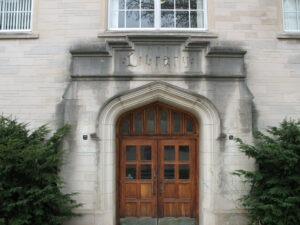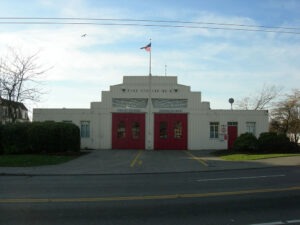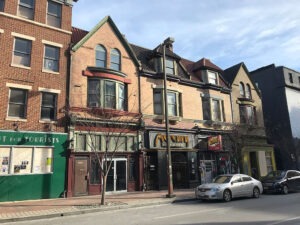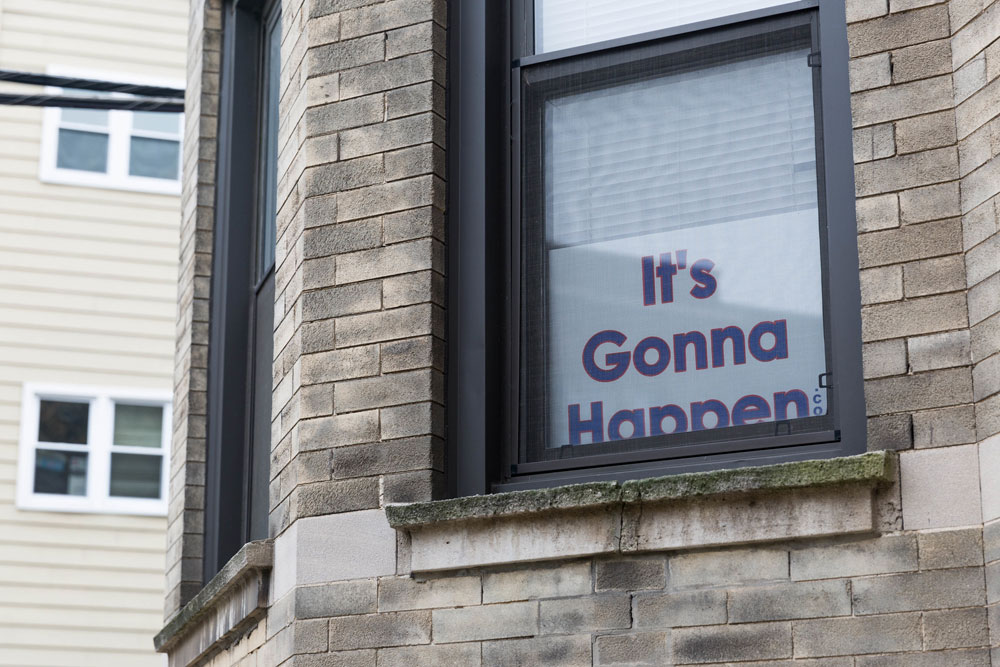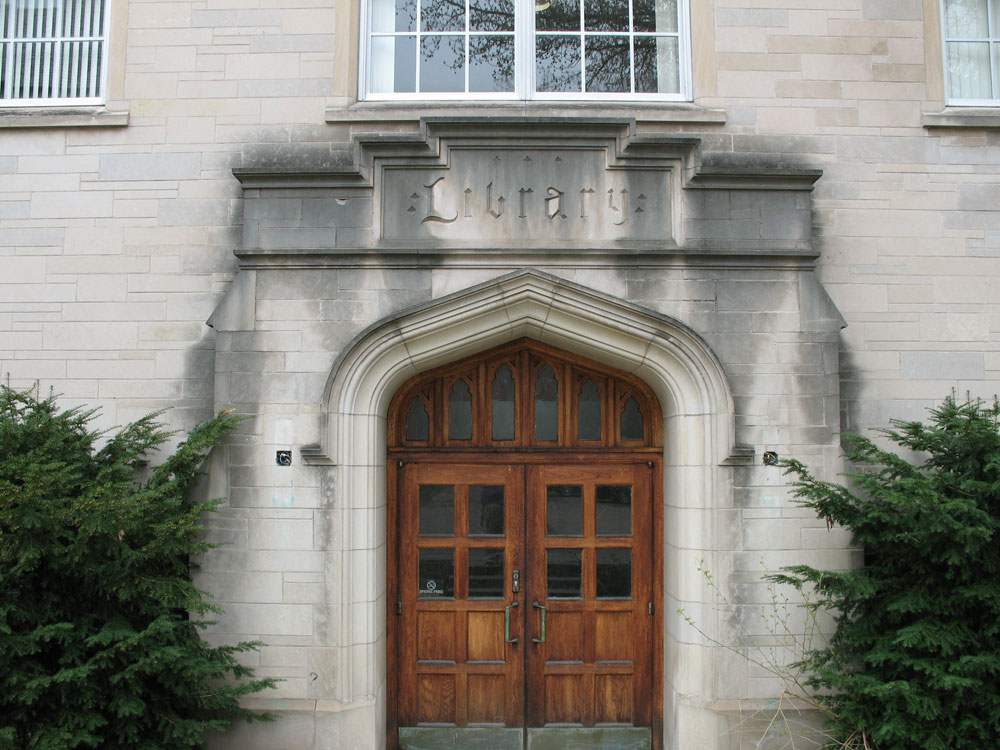March 12, 2015; Bangor Daily News
Nonprofits need to be good neighbors and reach out to the communities where they are located, or plan to locate; failure to do so could generate the kind of local opposition that undermines the support of local elected officials and stymies an organization’s program goals. Here’s a textbook example of this from Maine.
The Bangor Daily News reports on strong public opposition to a proposal to construct a healthcare clinic in South Portland. The nonprofit Martin’s Point wants to build the clinic on city-owned land occupied by a former school, currently home to the city’s planning department. (The city also leases part of the property to a local community garden collective.)
Sign up for our free newsletters
Subscribe to NPQ's newsletters to have our top stories delivered directly to your inbox.
By signing up, you agree to our privacy policy and terms of use, and to receive messages from NPQ and our partners.
About 40 people showed up at the city council meeting to protest the proposal. The opposition led Martin’s Point to consider scaling back its preliminary plans for a 17,500-square-foot building to something about two-thirds the size. The nonprofit healthcare provider has about 800 employees, 30 of whom now work in South Portland in a smaller facility. It wants to stay in the community.
The facility would likely require a relocation of the community garden, Martin’s Point told the council, and cause the loss of “a considerable amount of green space.” Many of those opposing the plan cited a need to maintain the open space, with some suggesting the establishment of a conservation easement for the open space behind the building.
Much of the opposition focused on the introduction of a large commercial structure that would be out of scale in the primarily residential community. Most of the council sided with the public, according to the Daily News, with an emphasis on the arguments over the loss of open space.
The article did not report on next steps for Martin’s Point, but one possibility might be to use the moment to sit down with residents of its proposed neighborhood to work out some kind of redesign of the facility that would add to rather than detract from the character of the neighborhood. Or look for another piece of property.—Larry Kaplan




